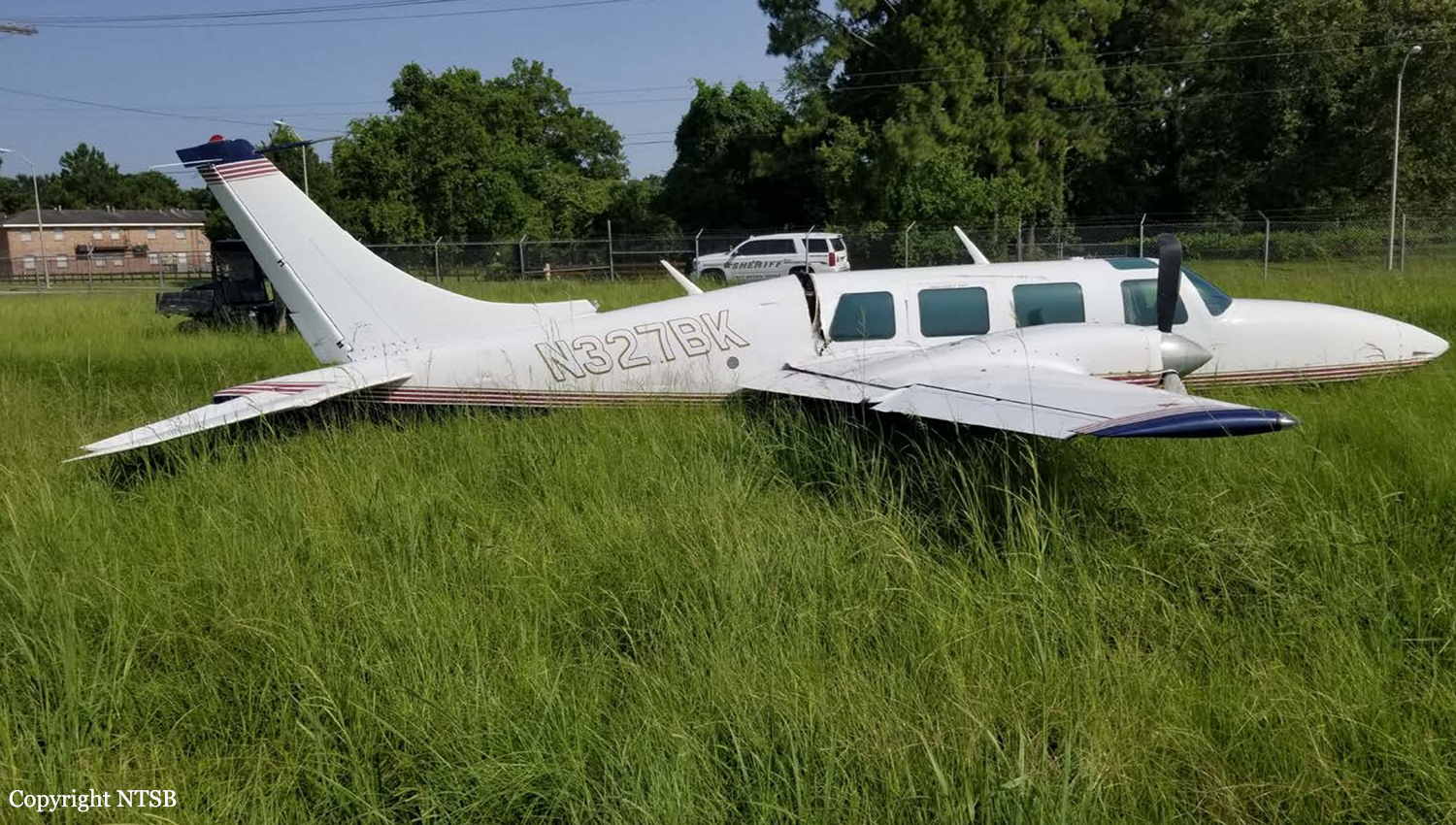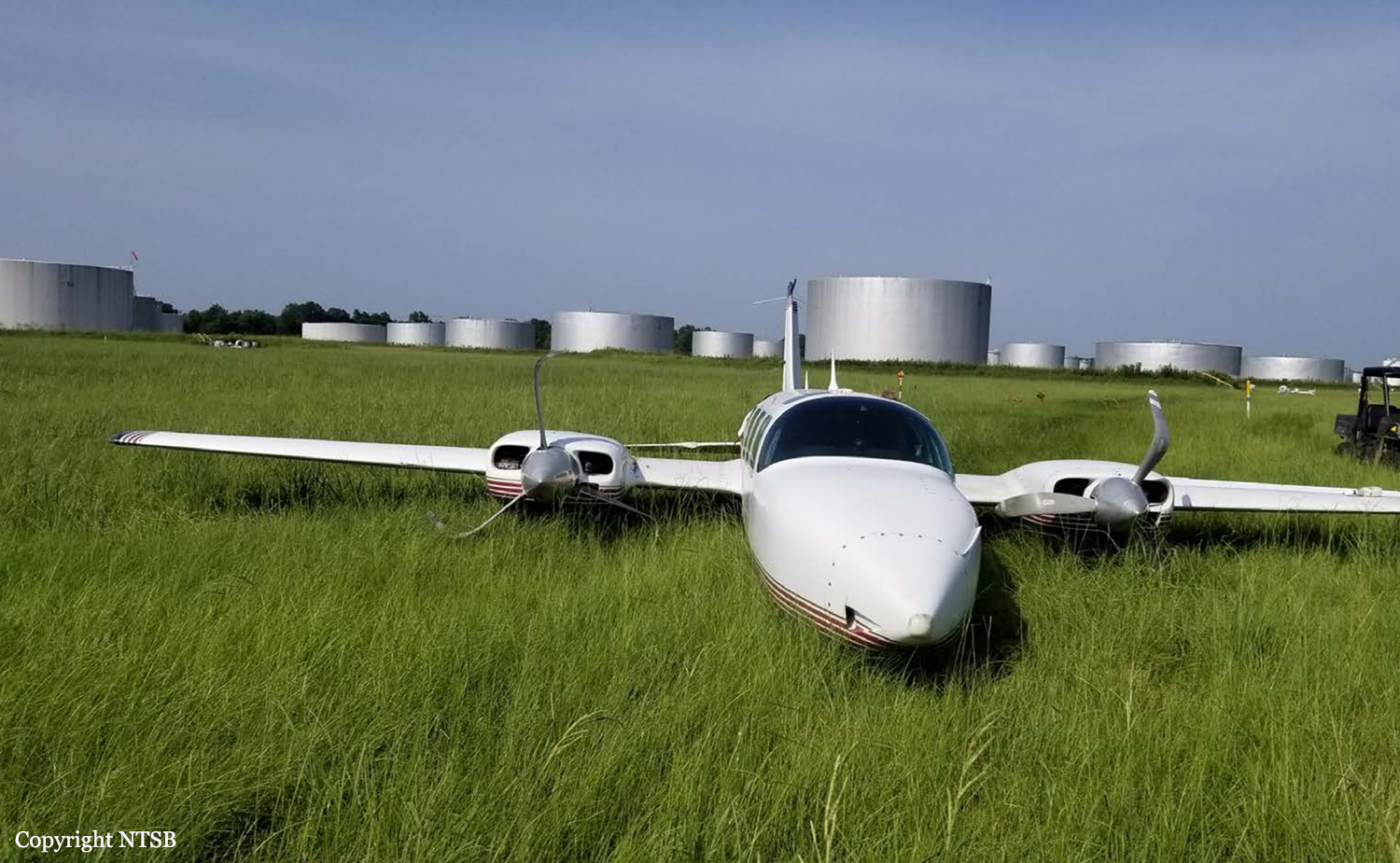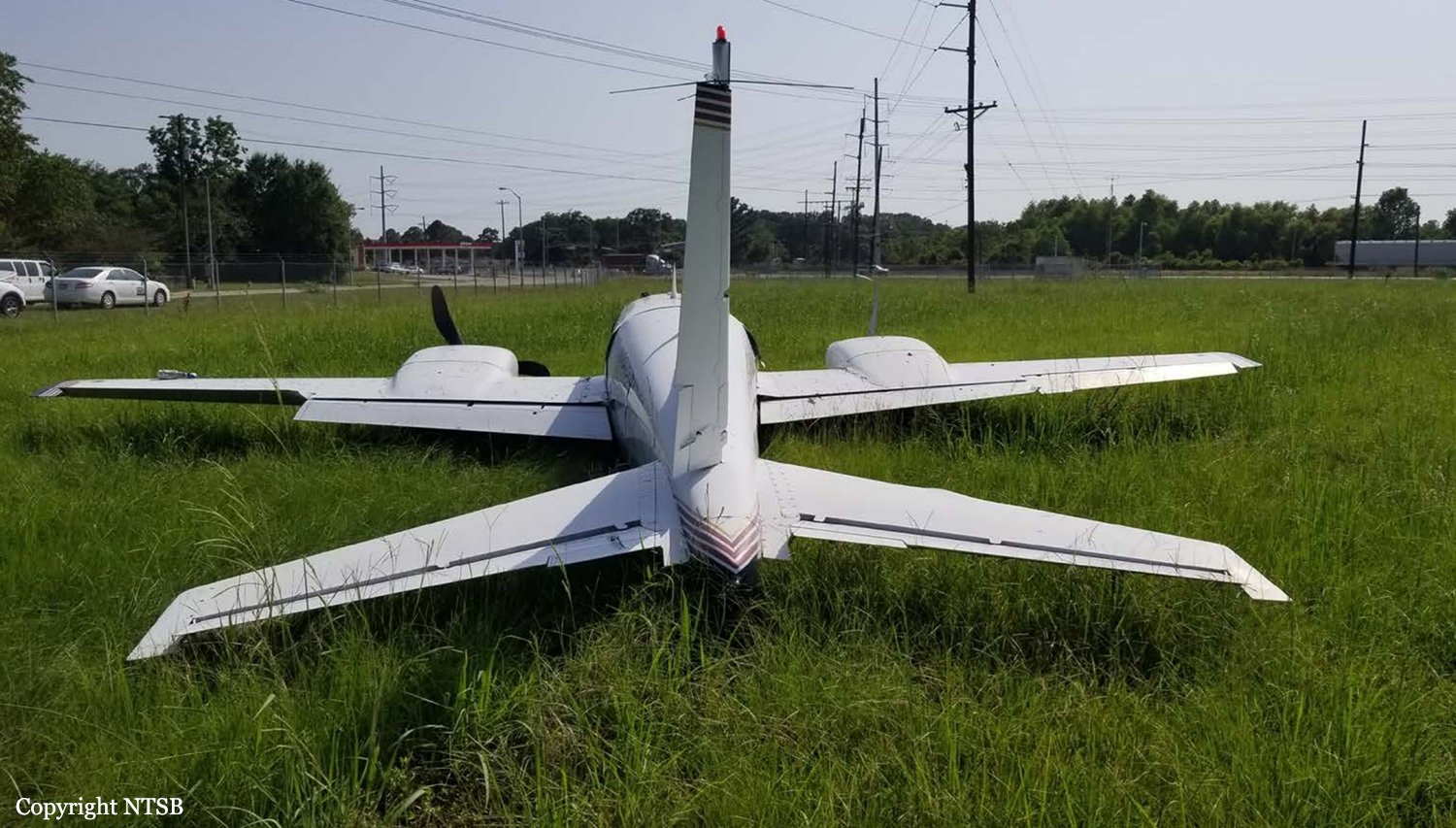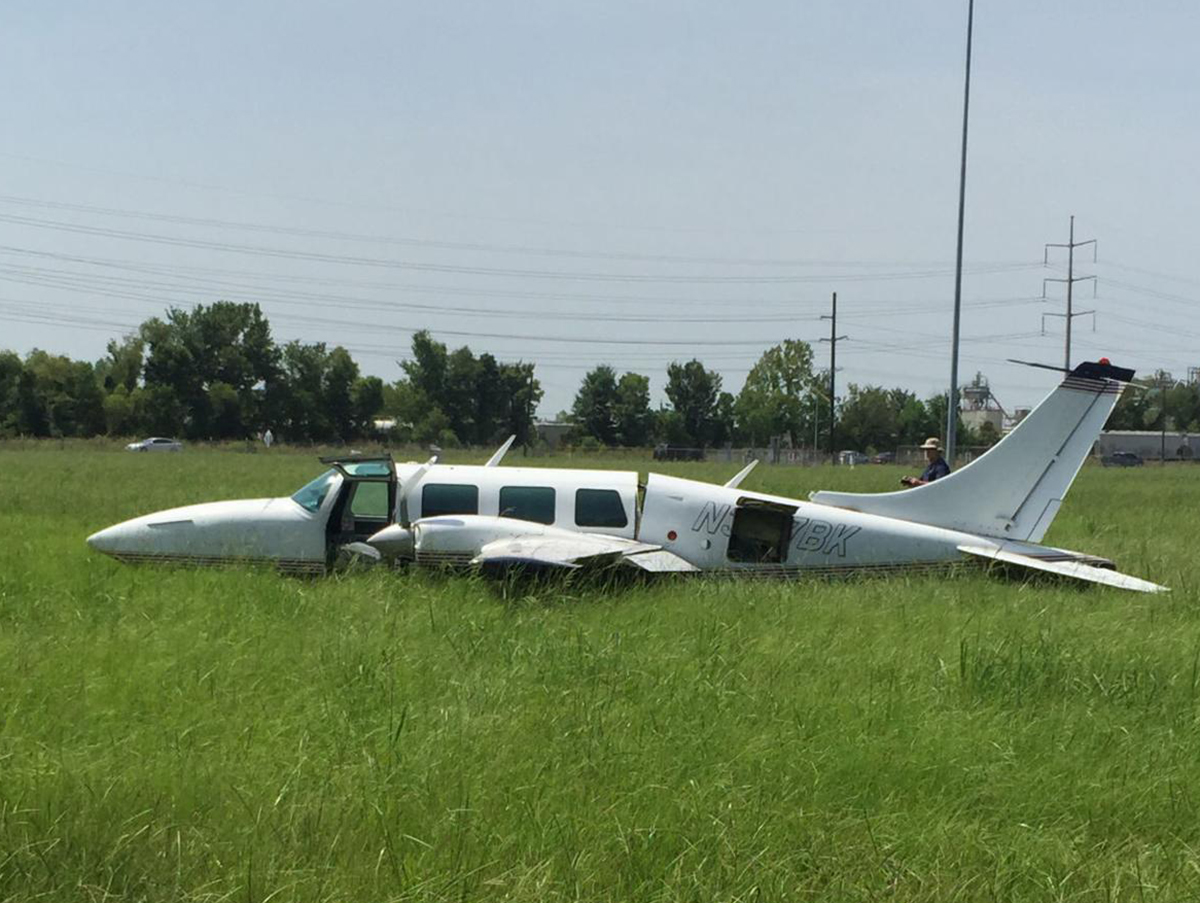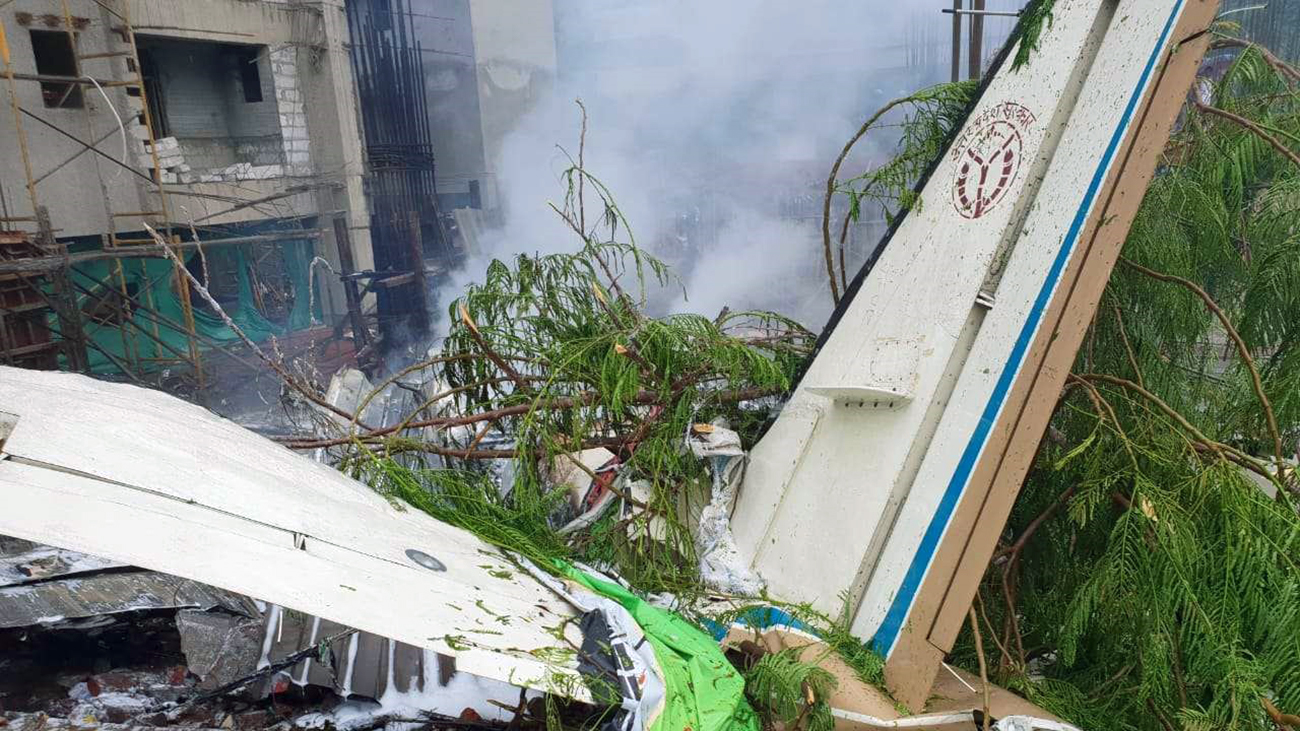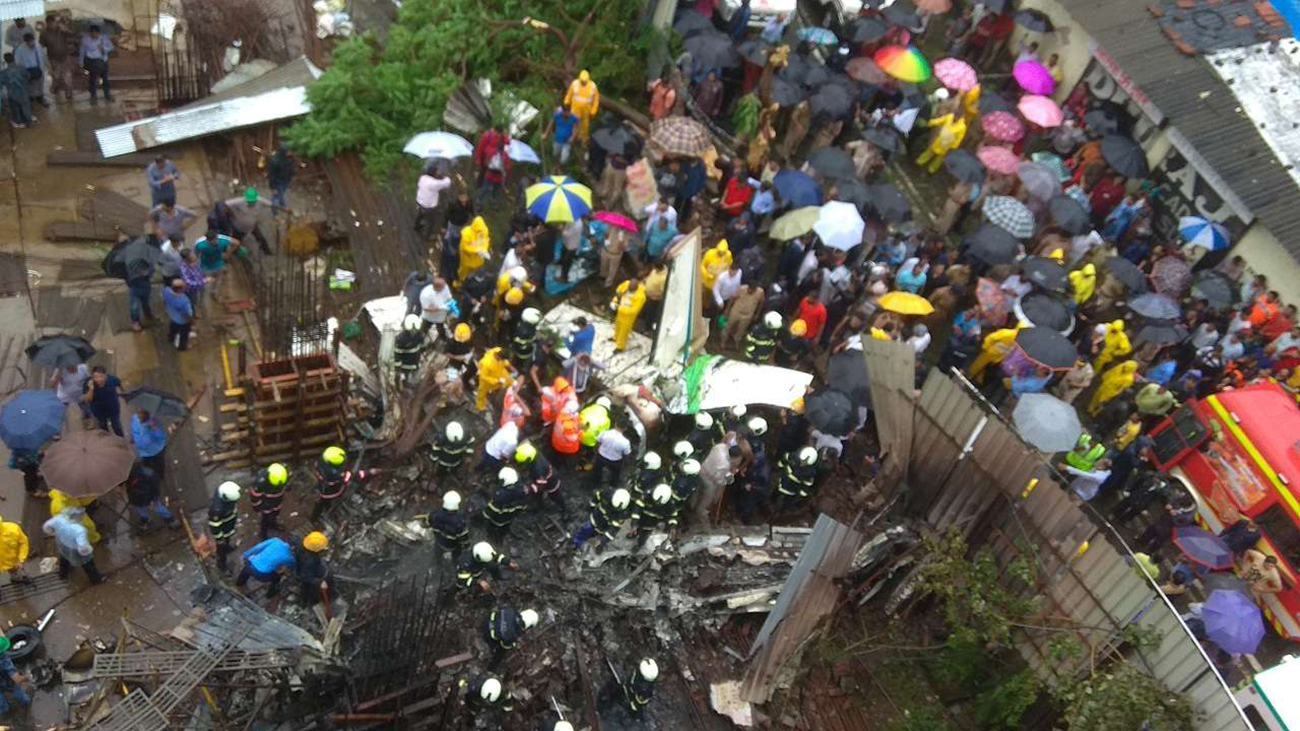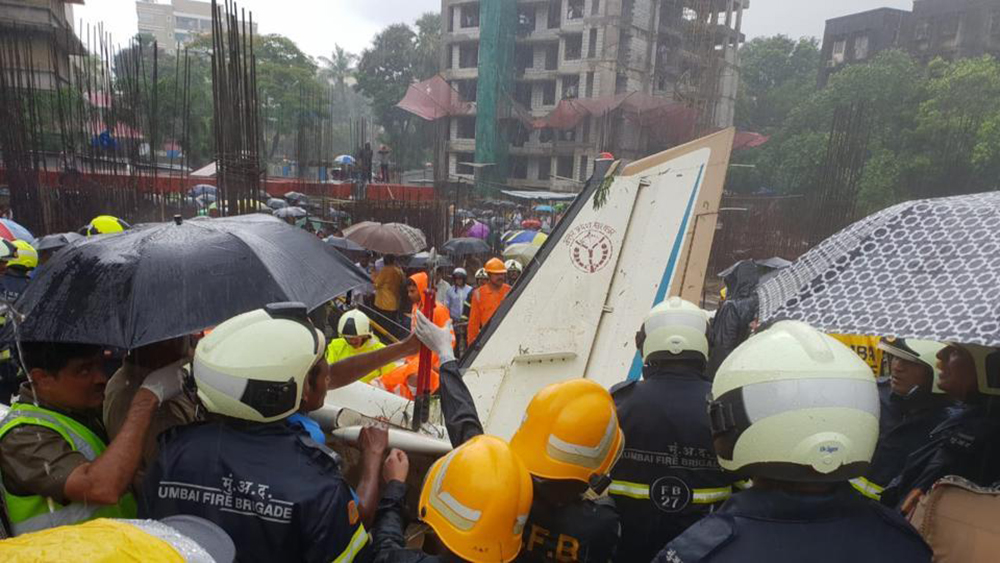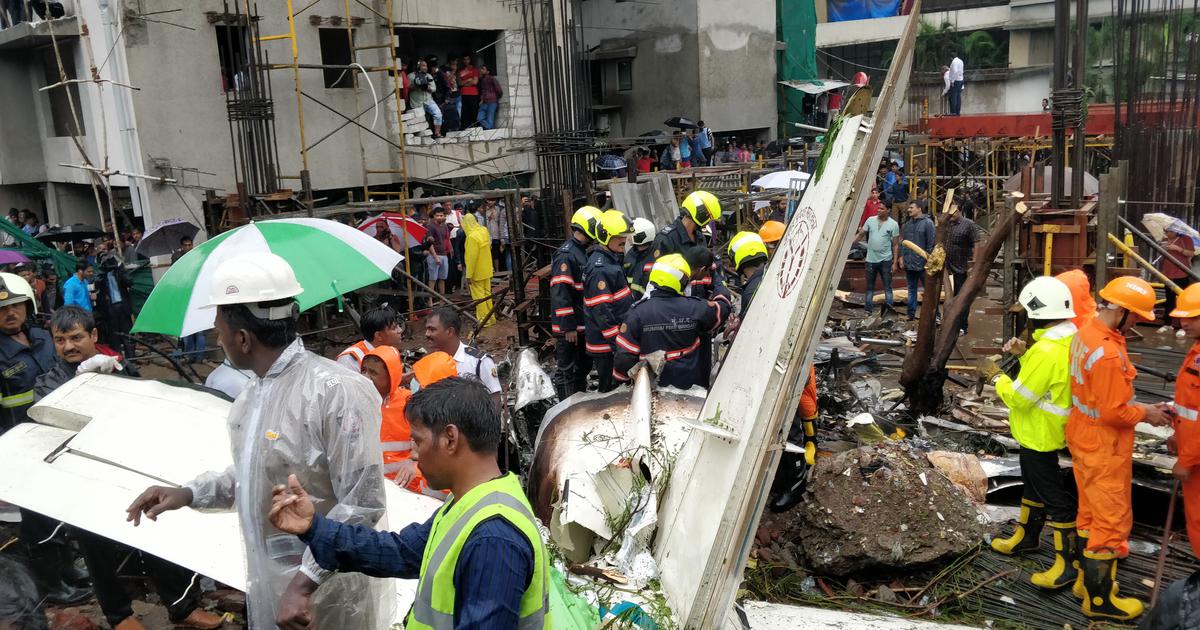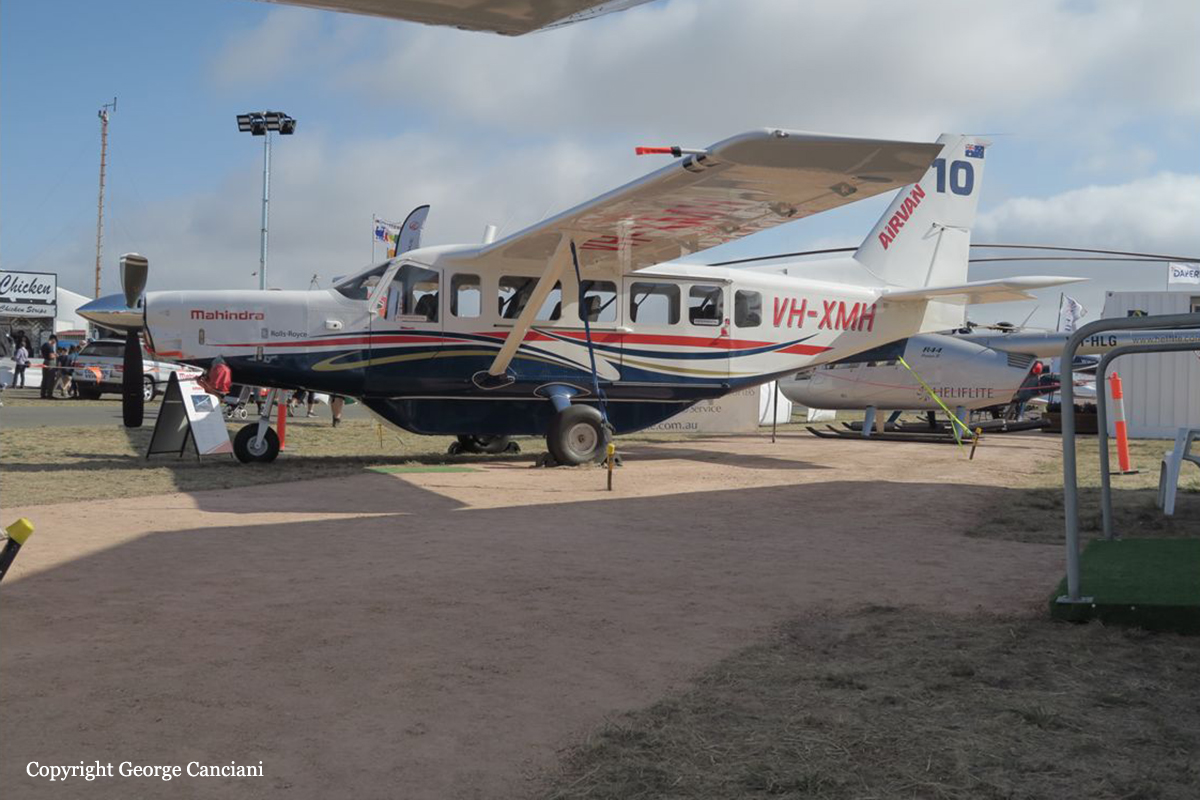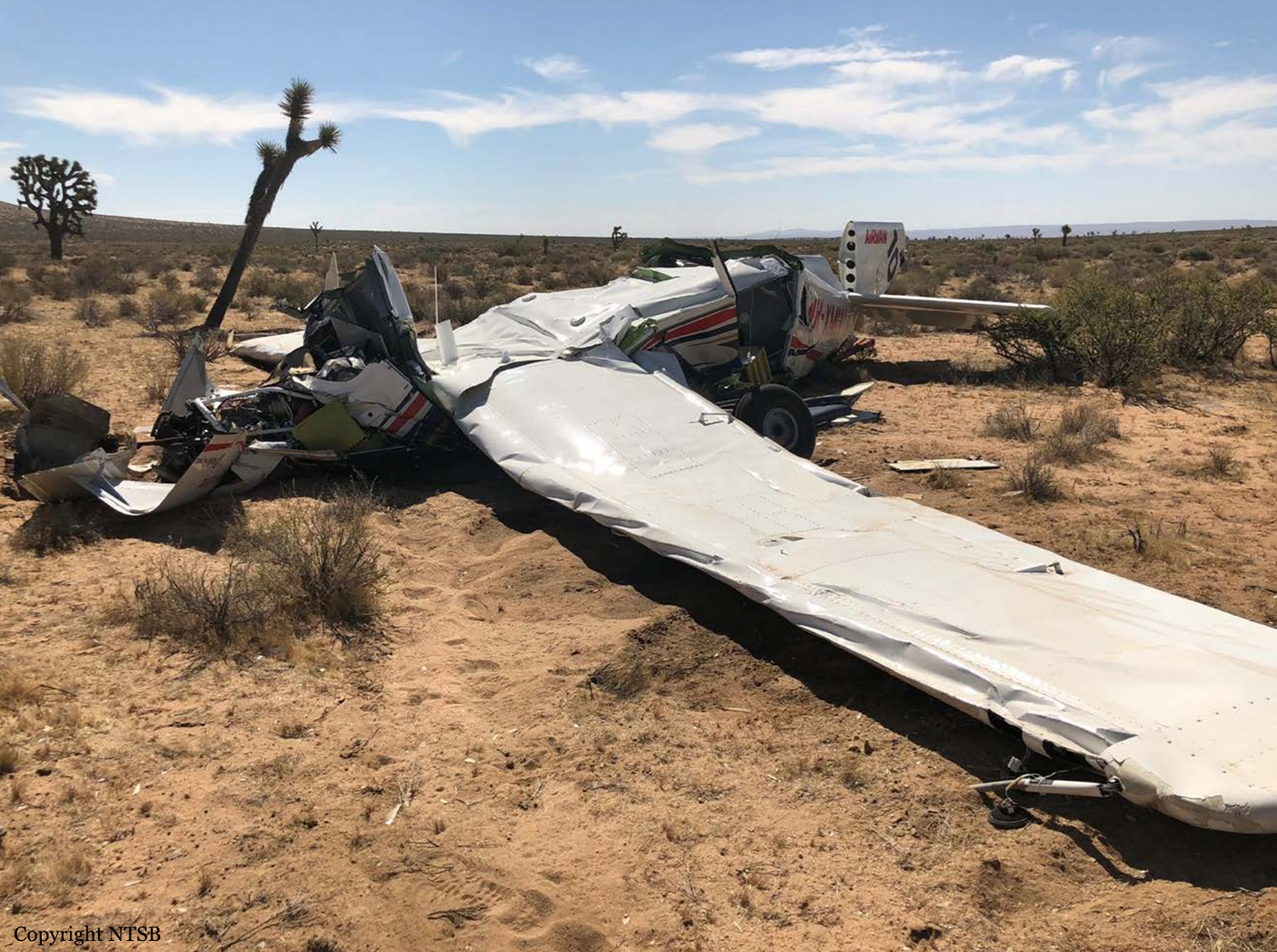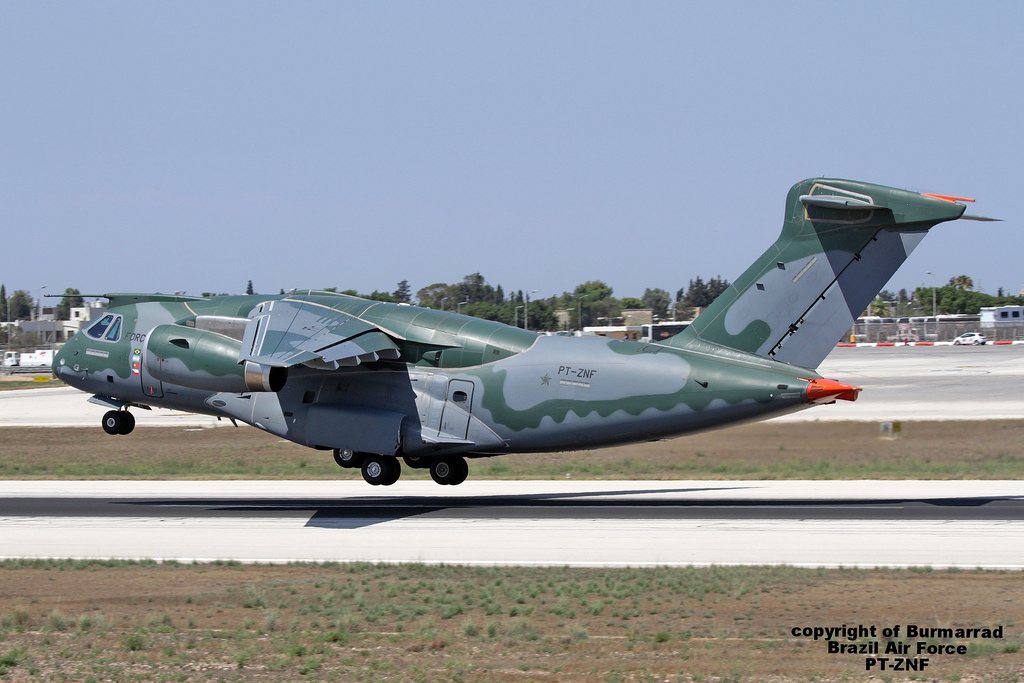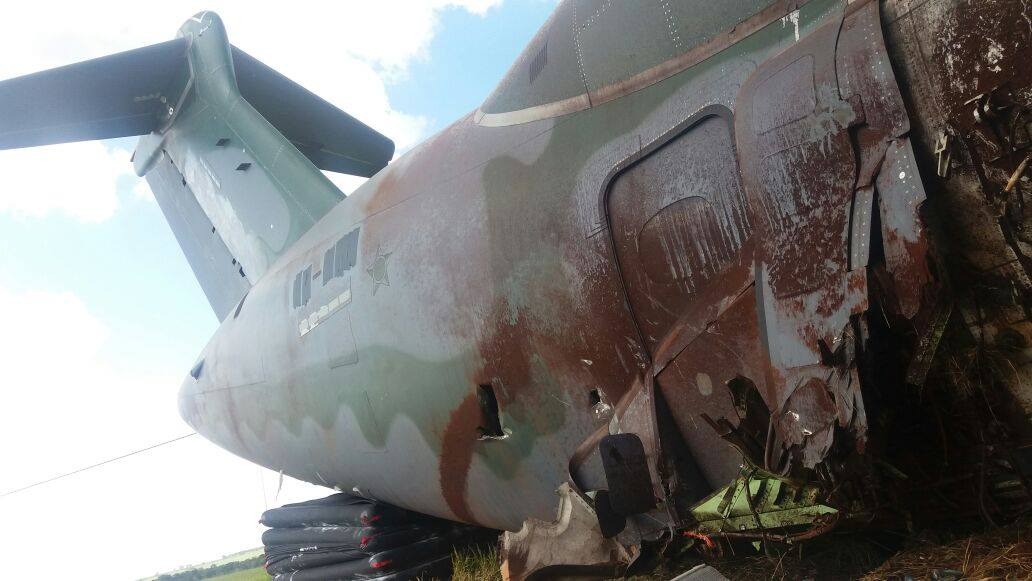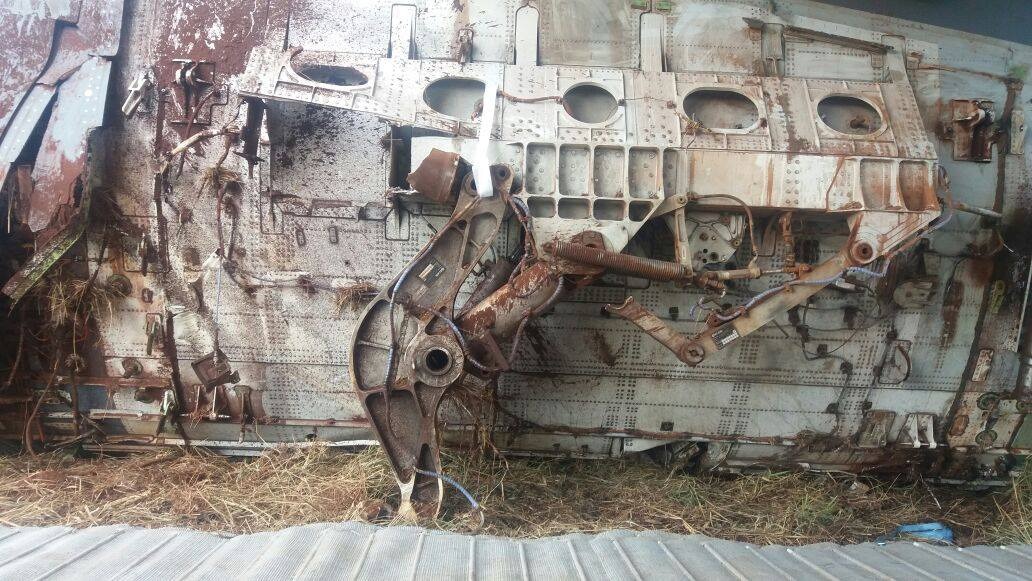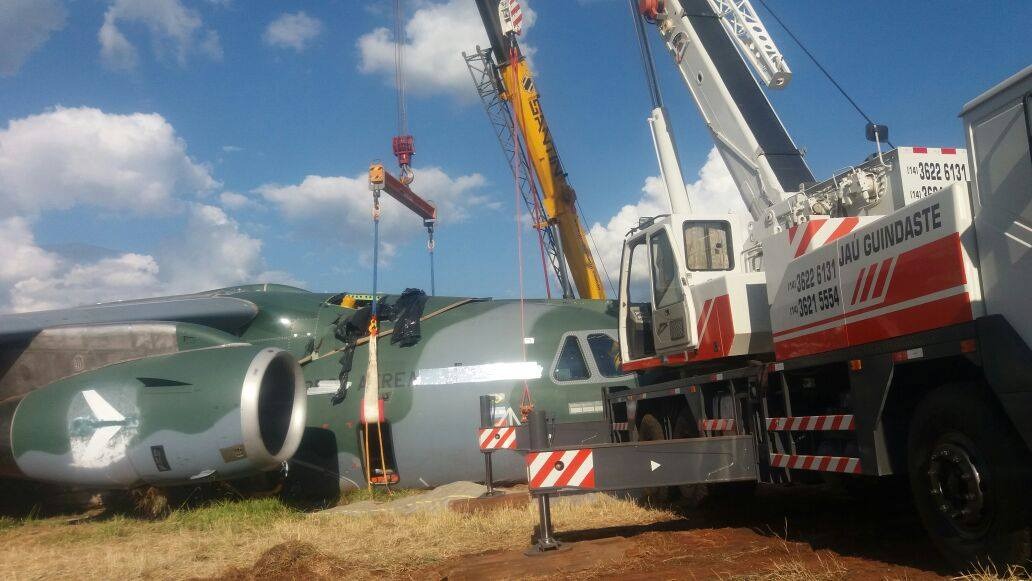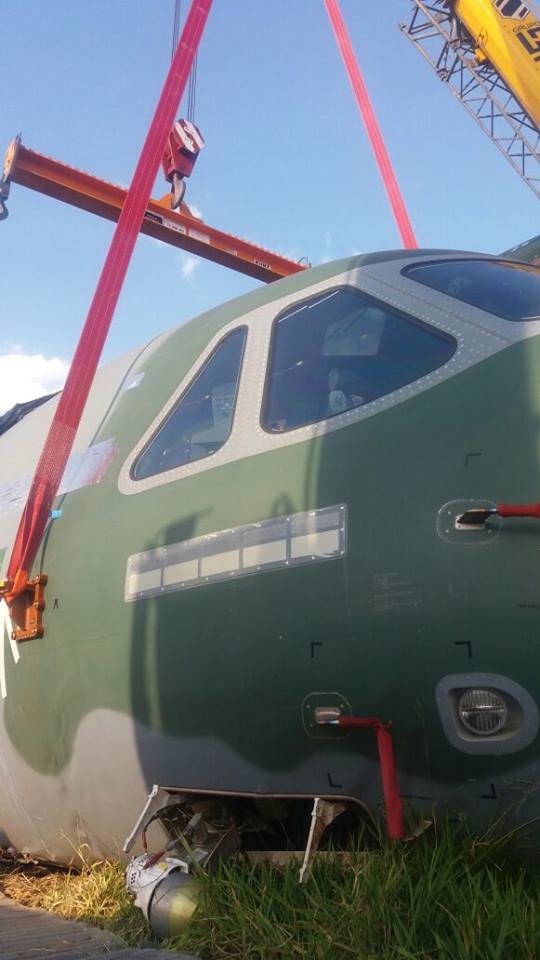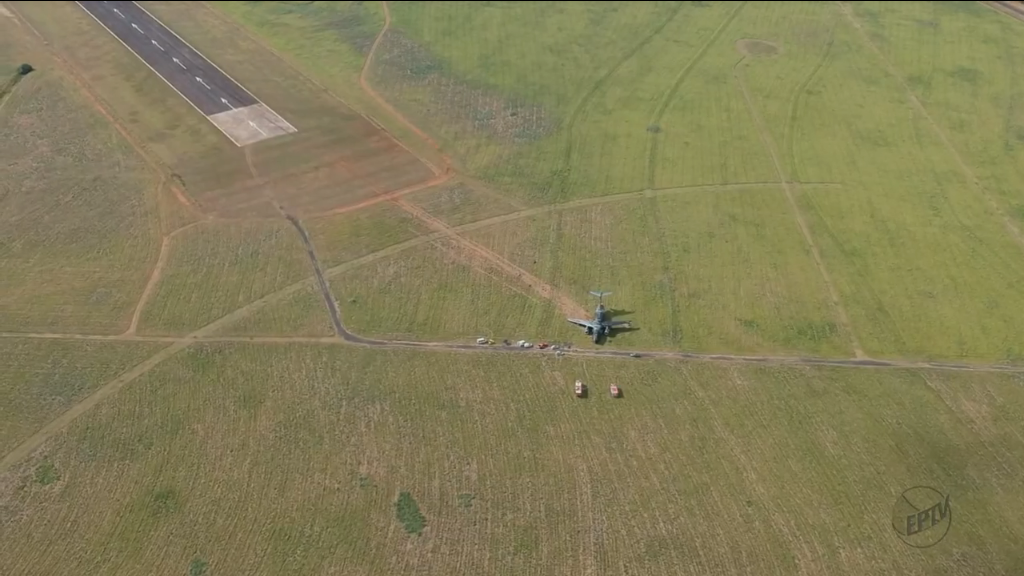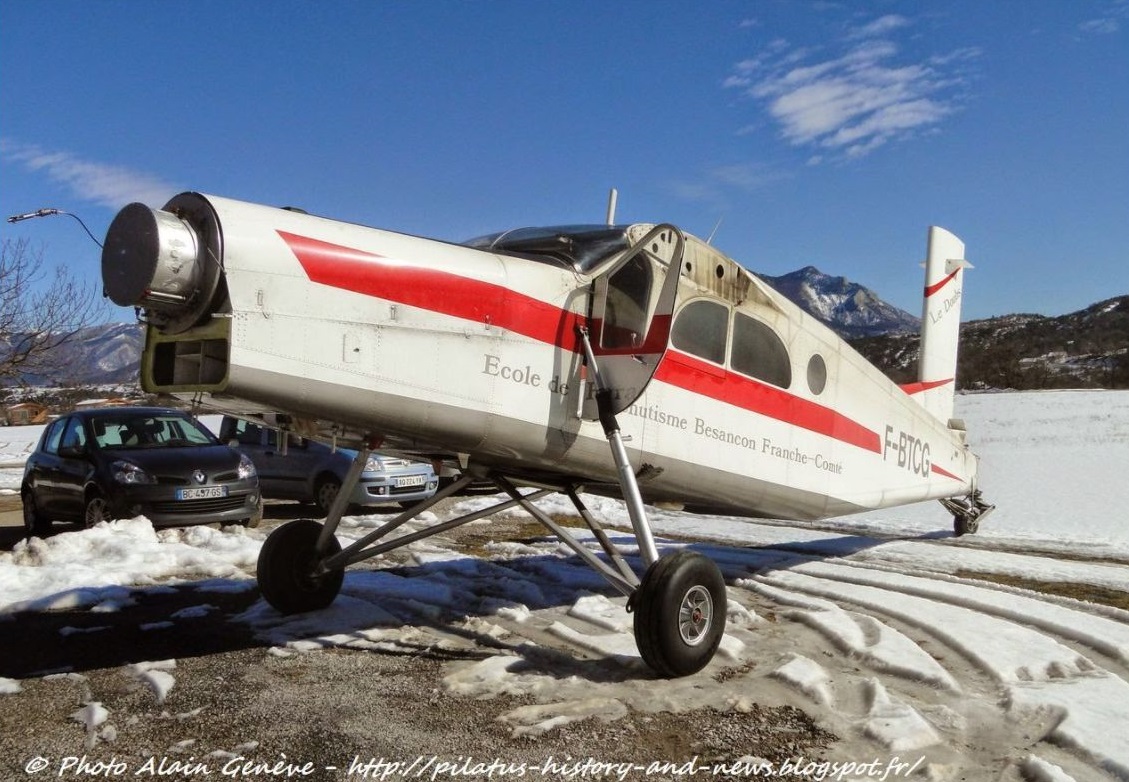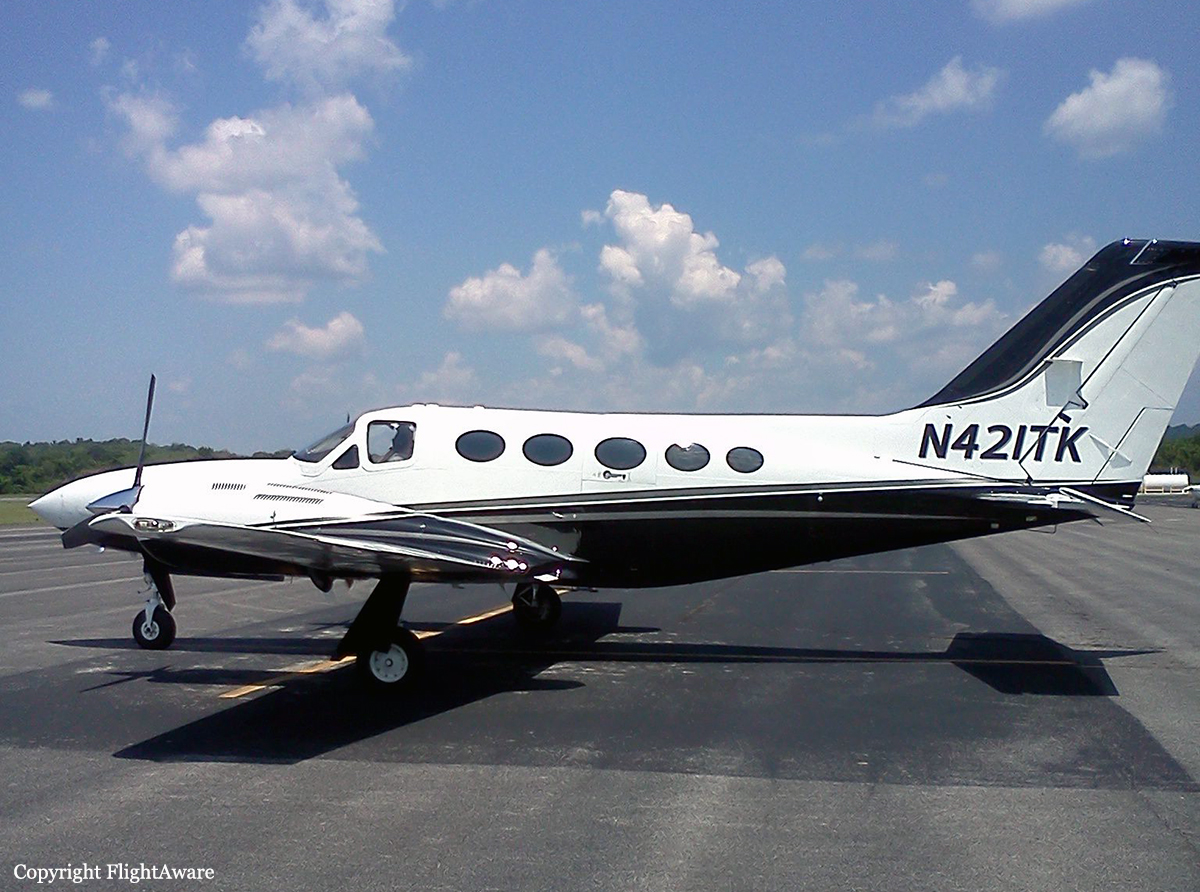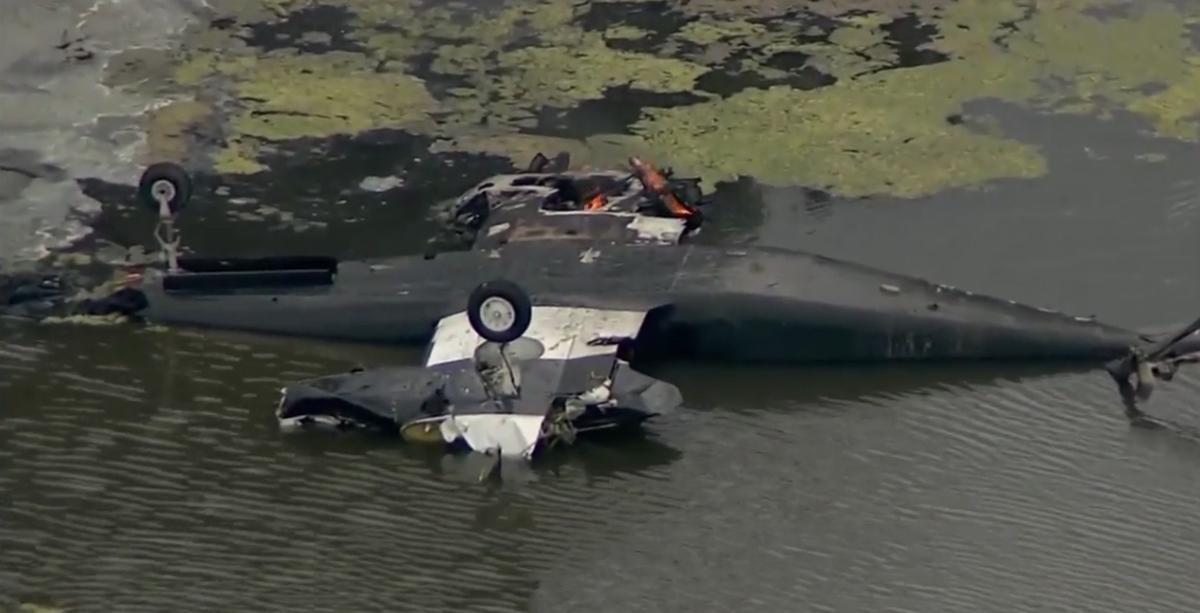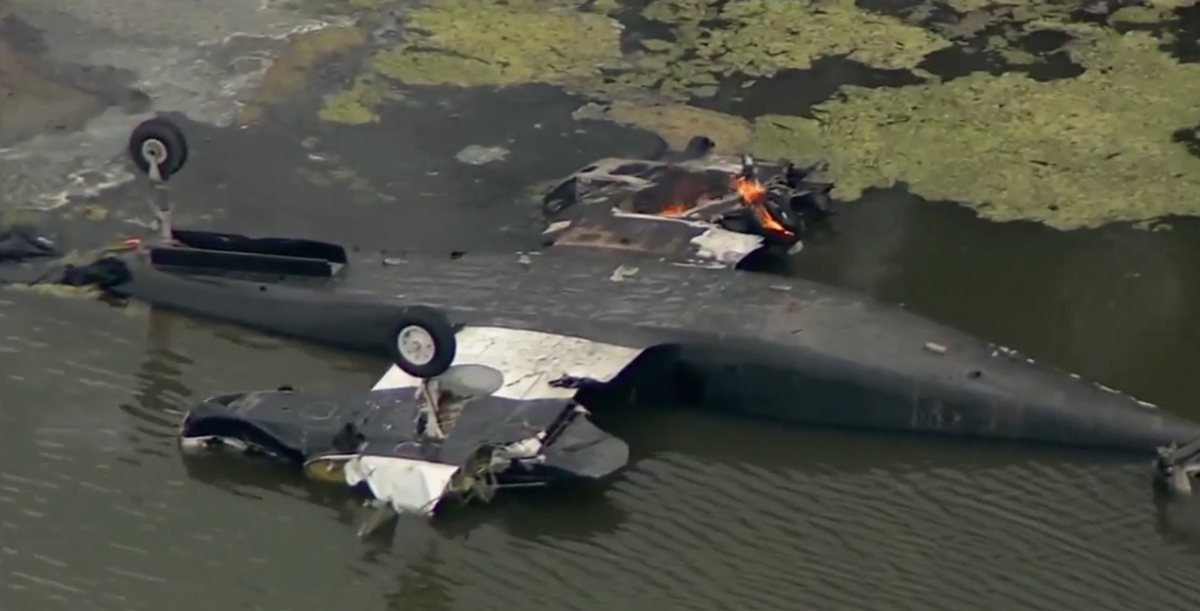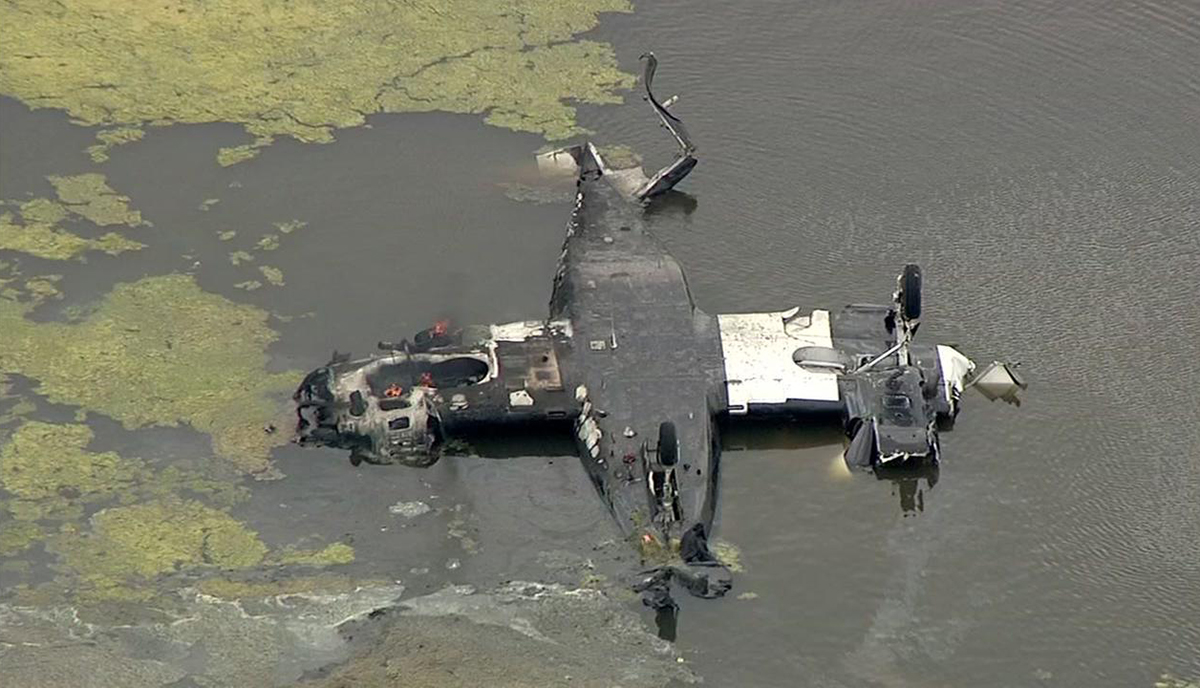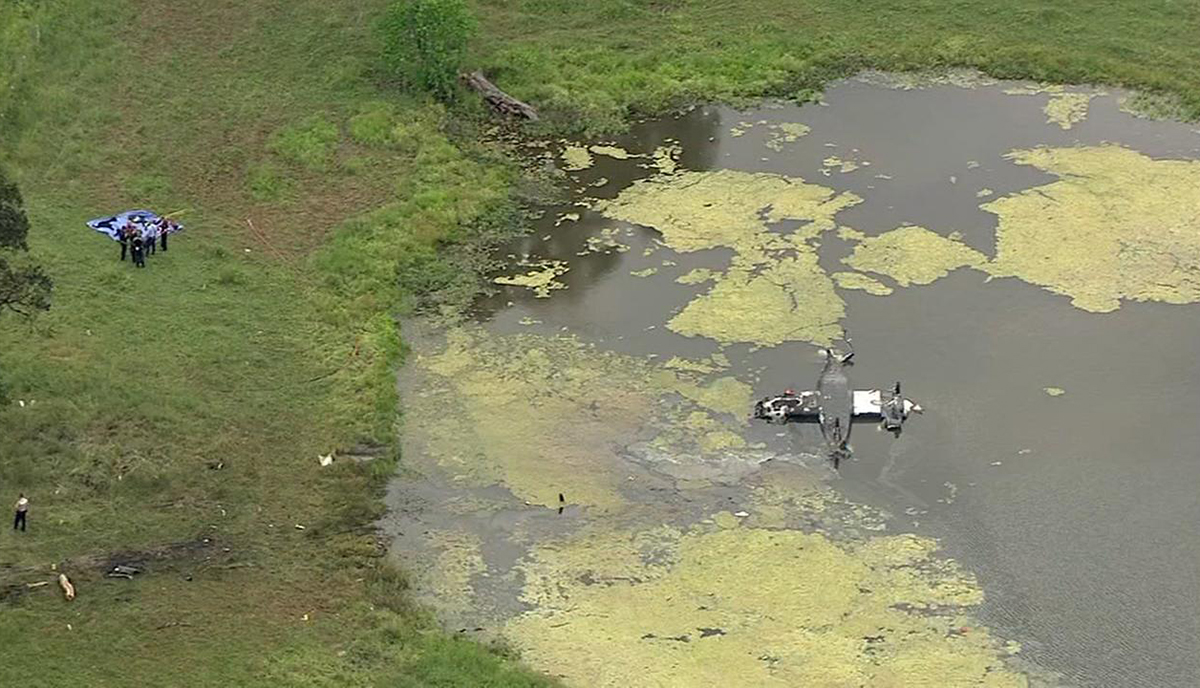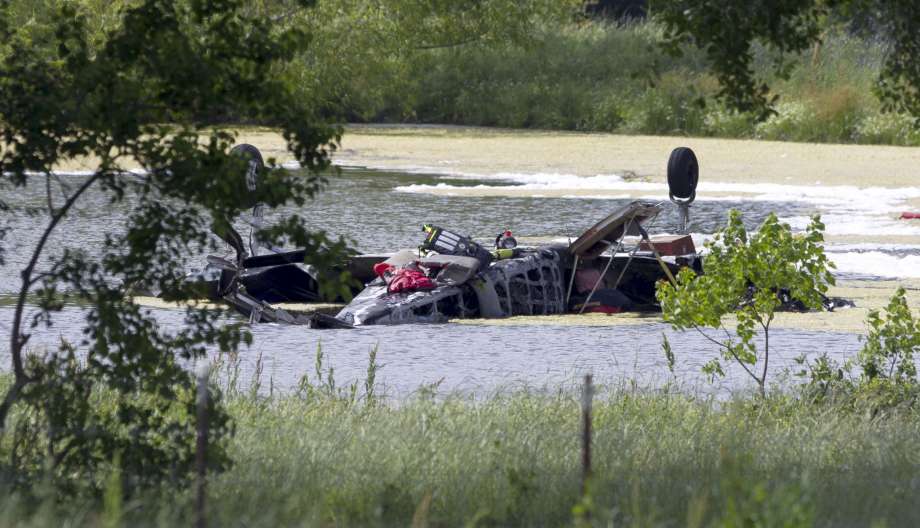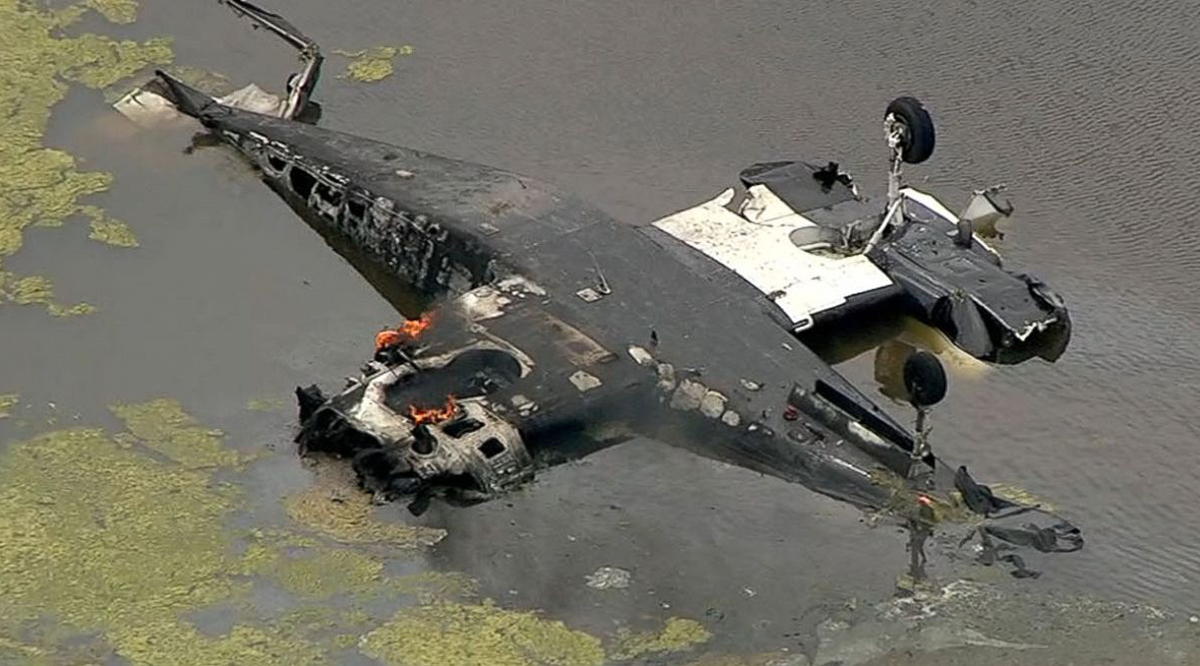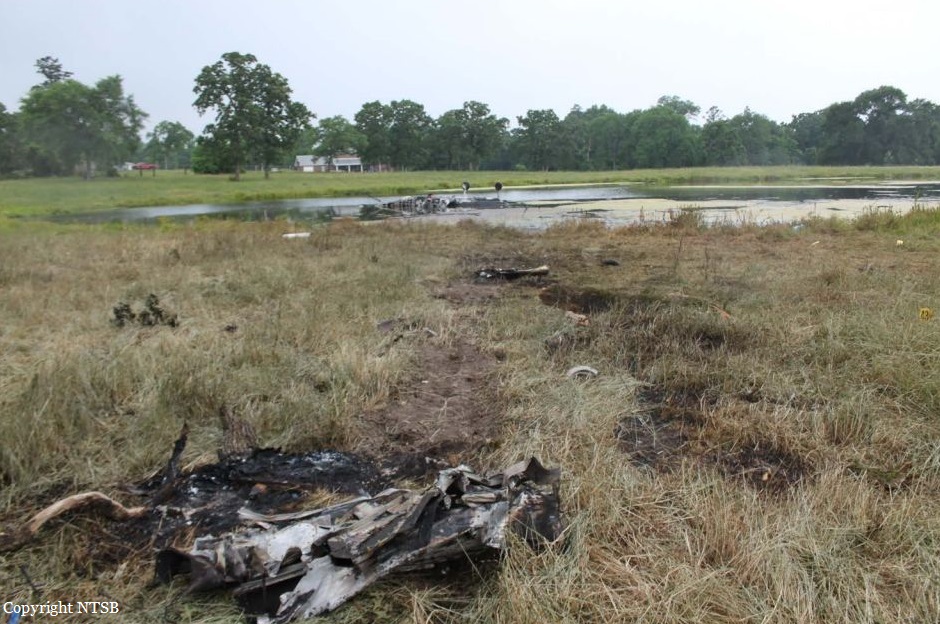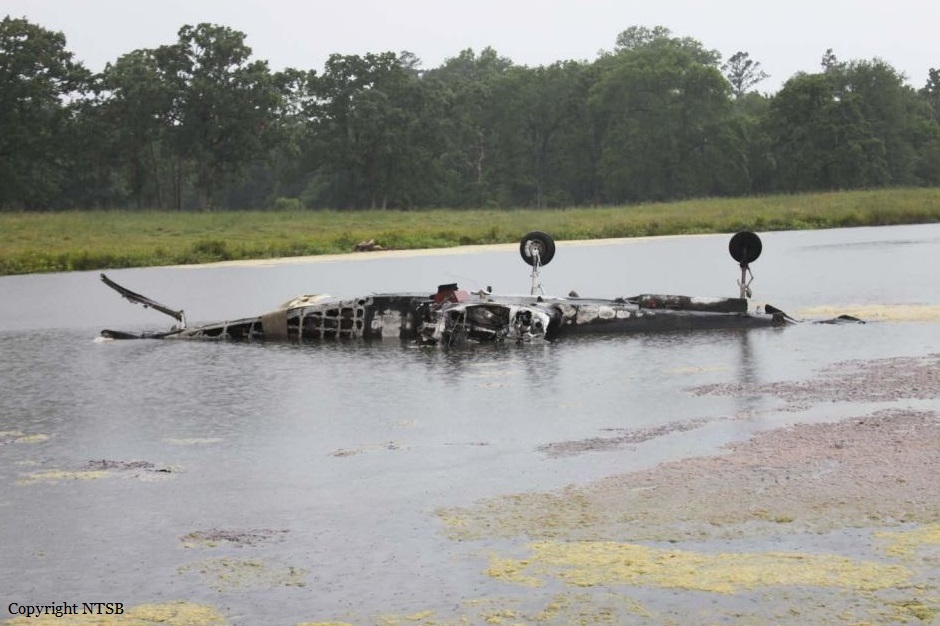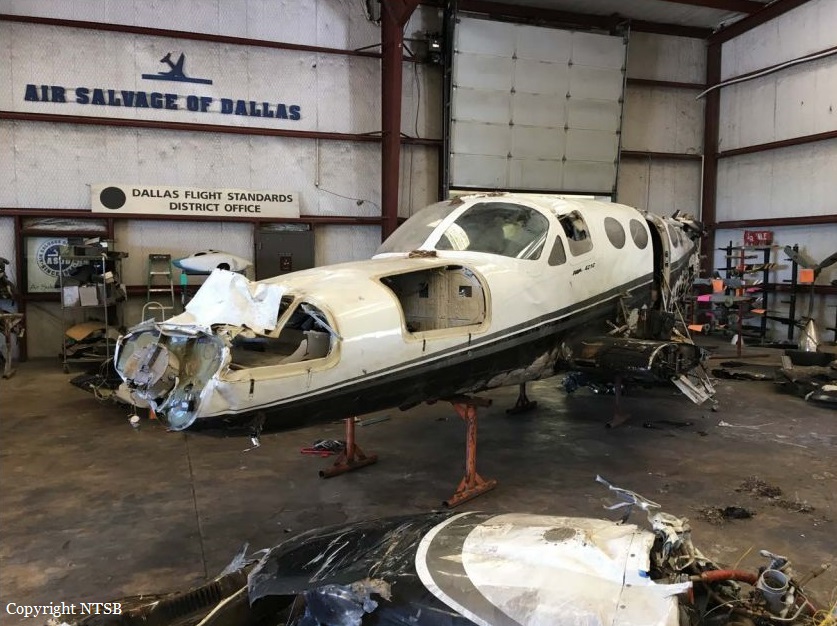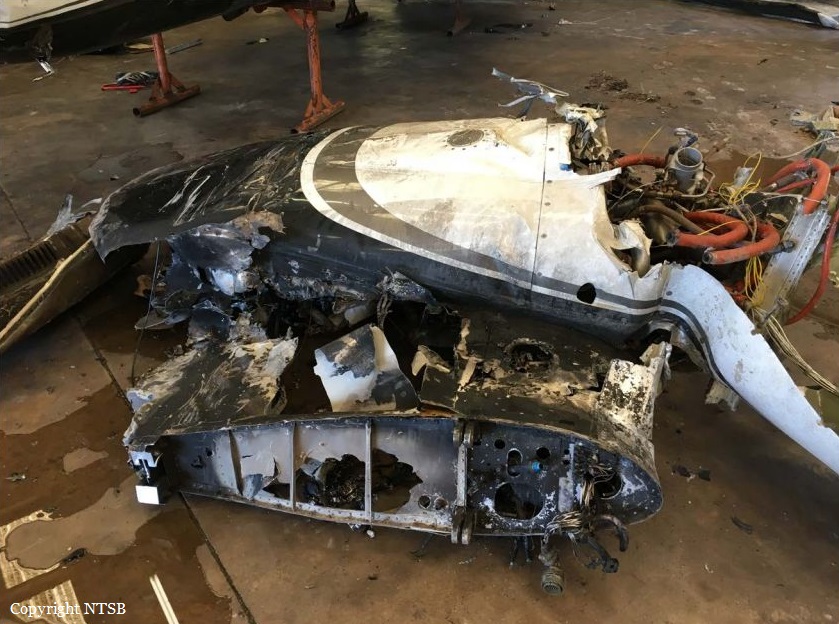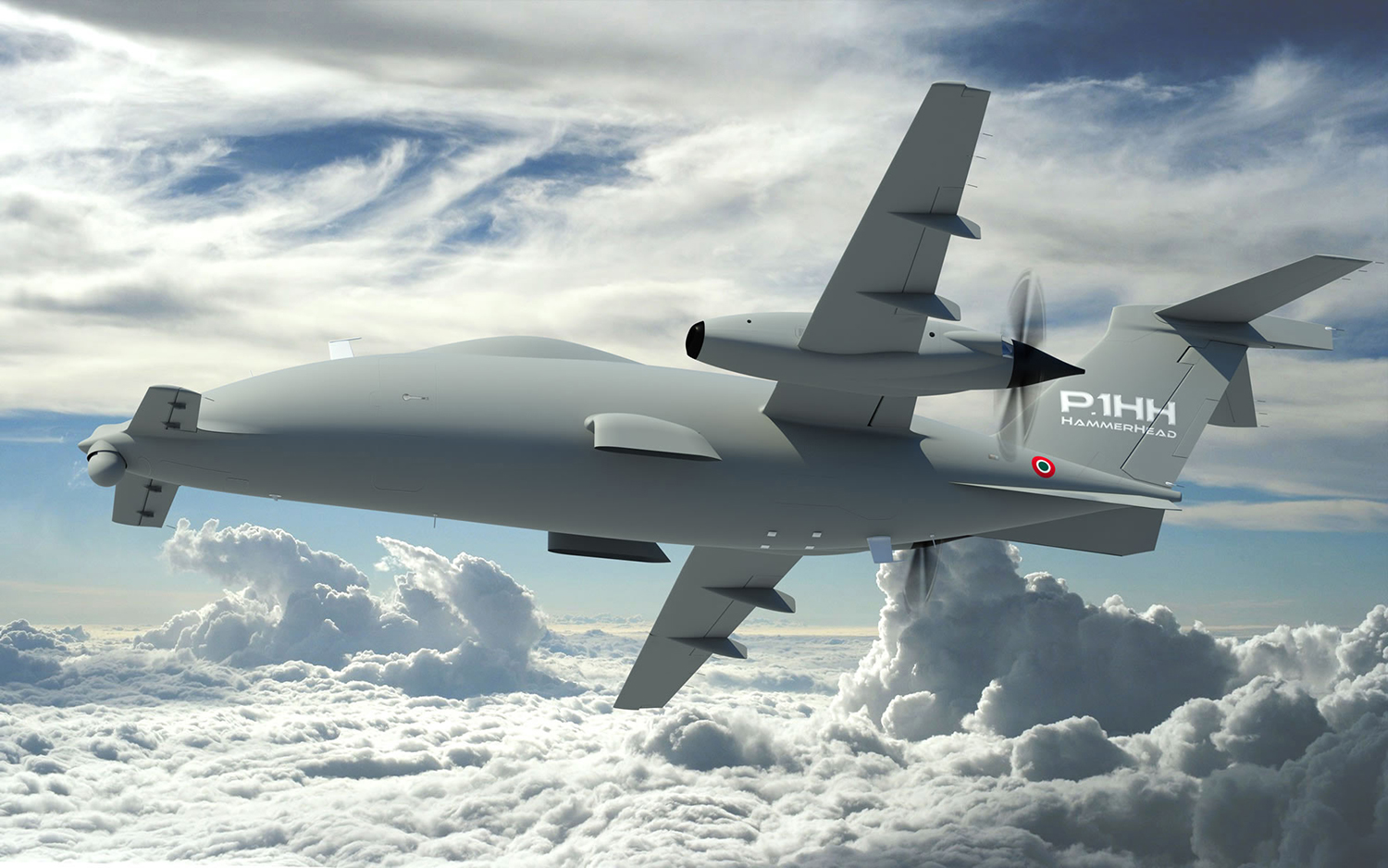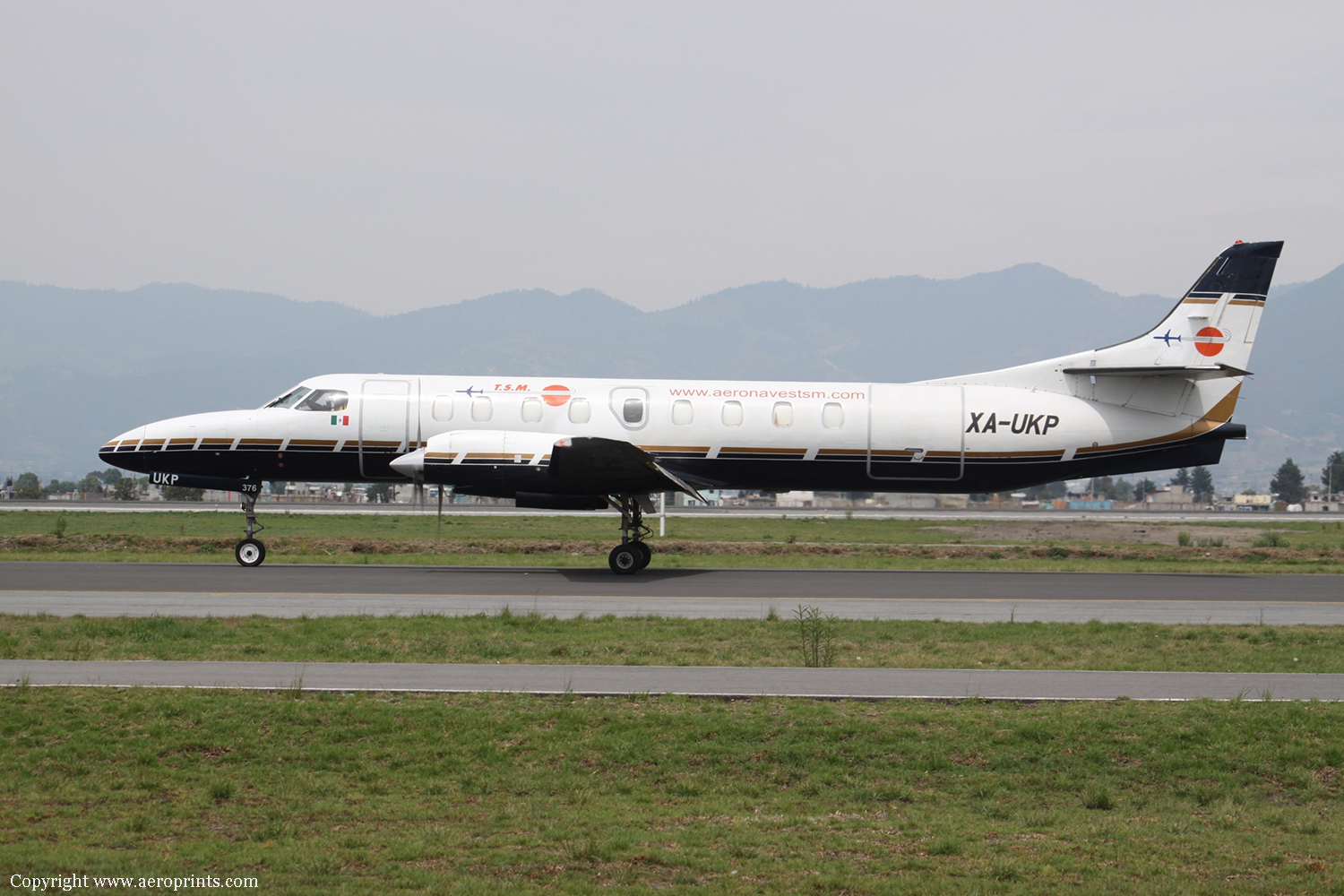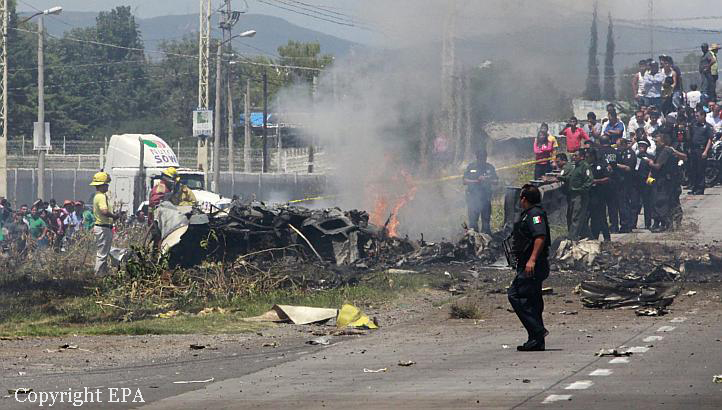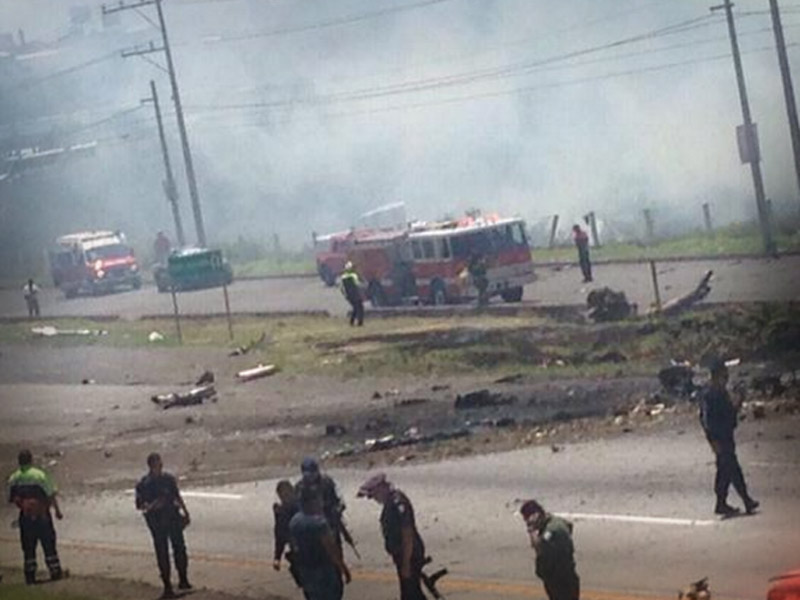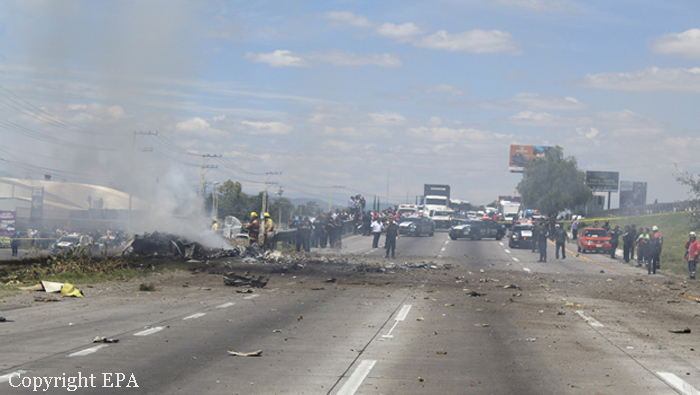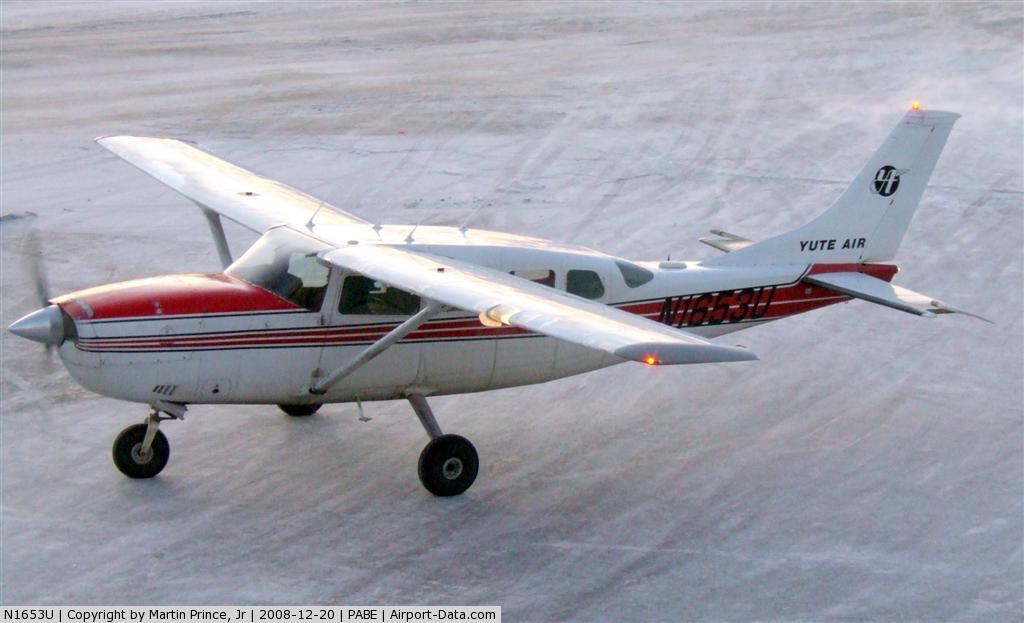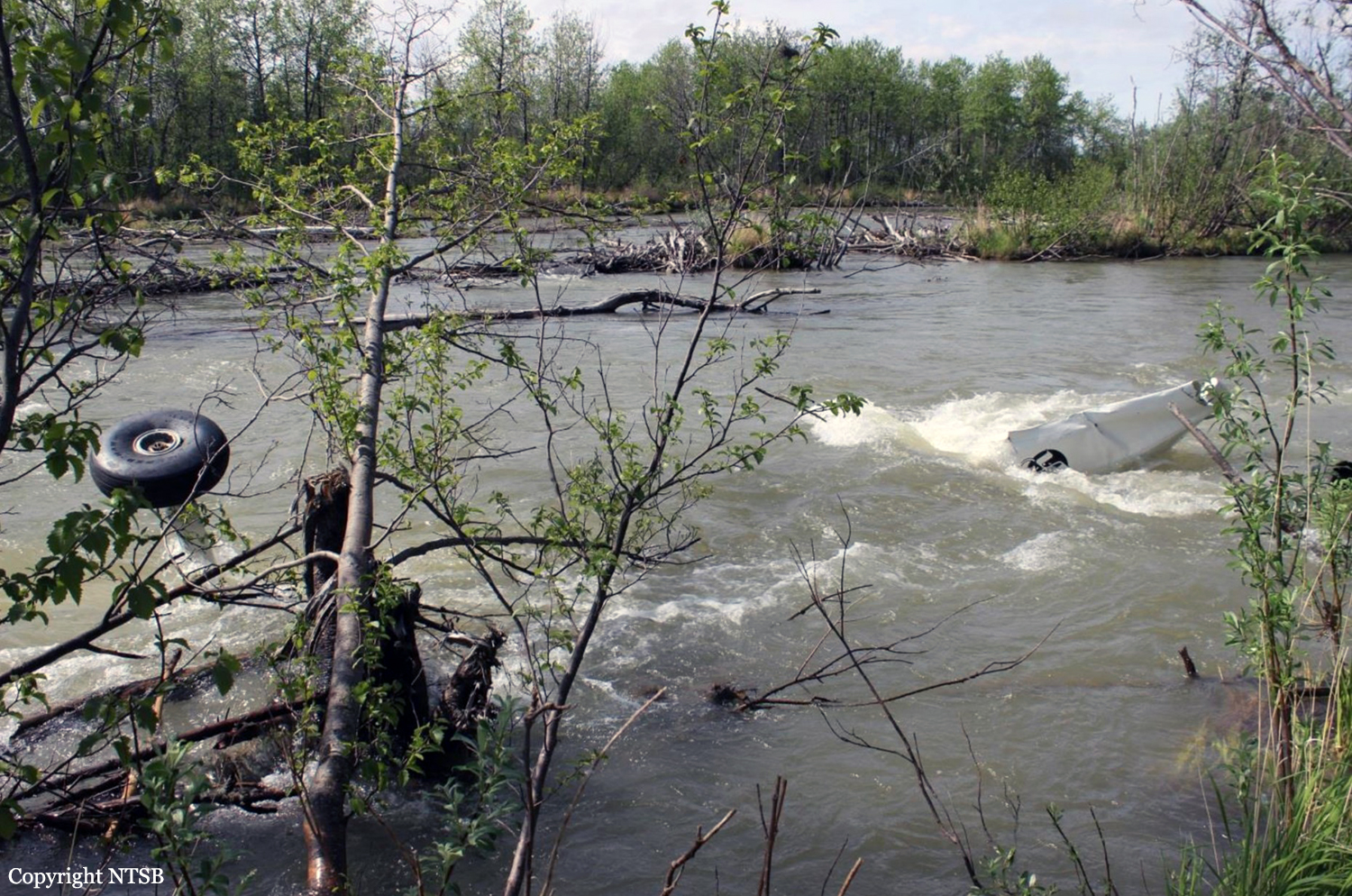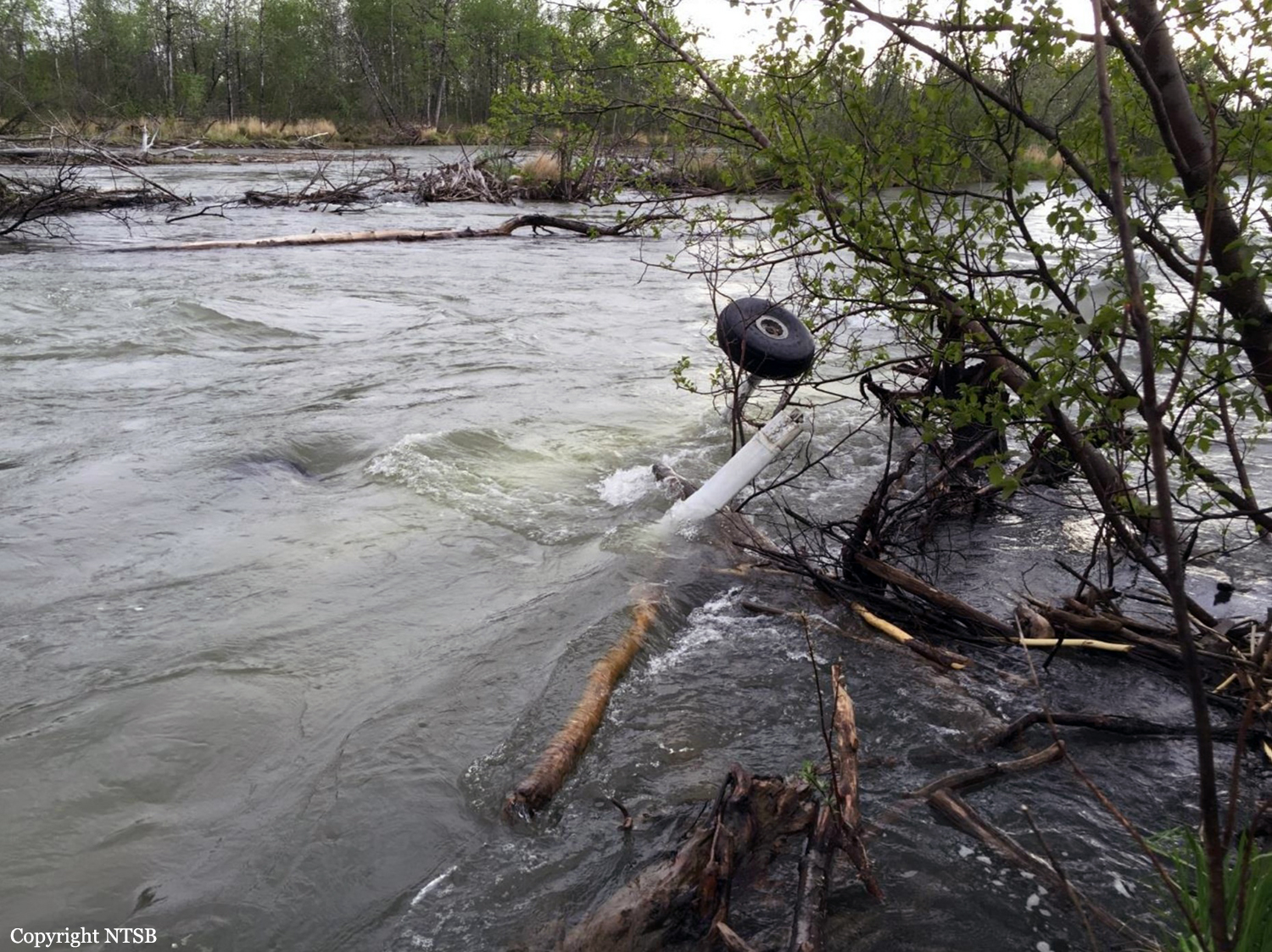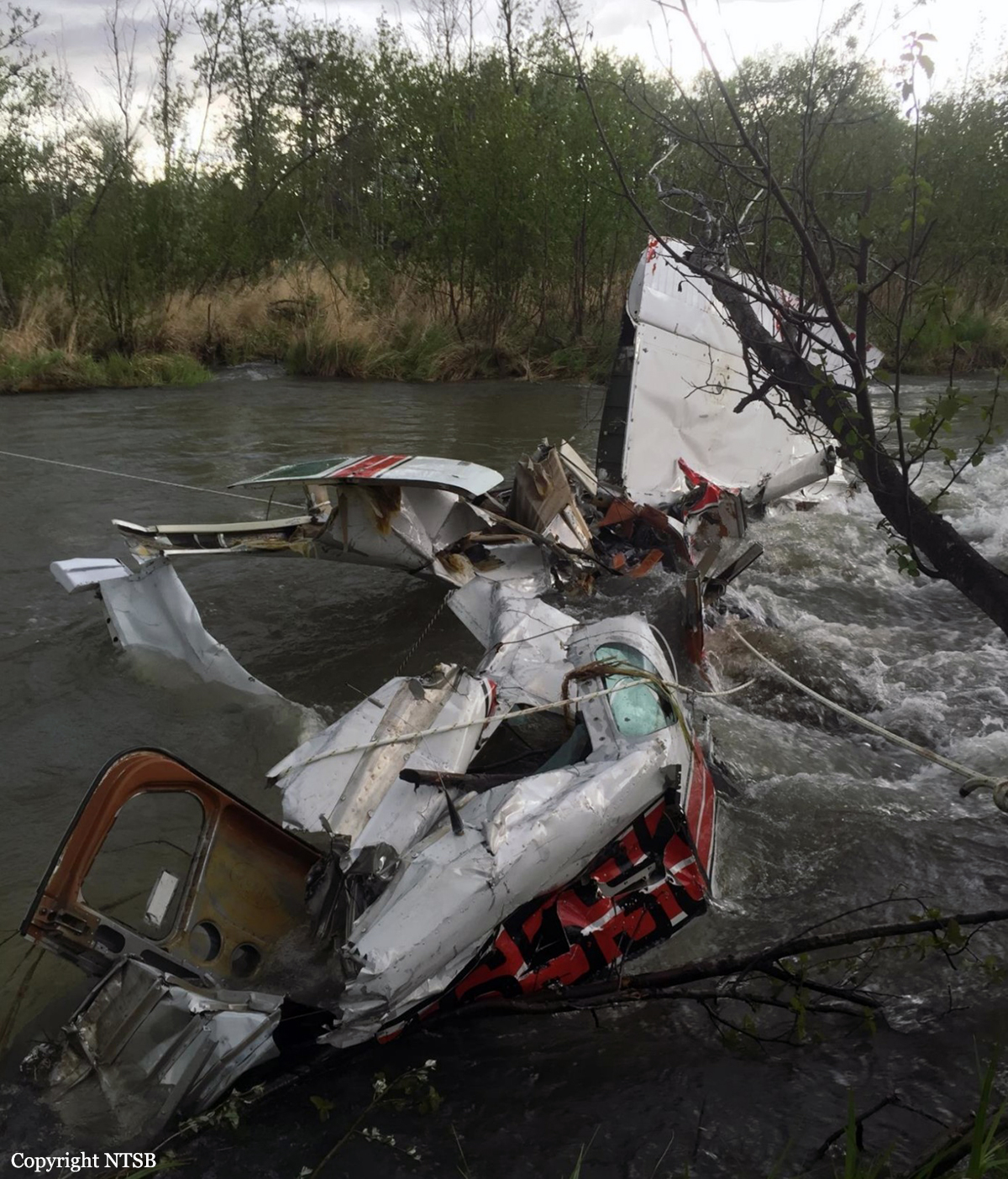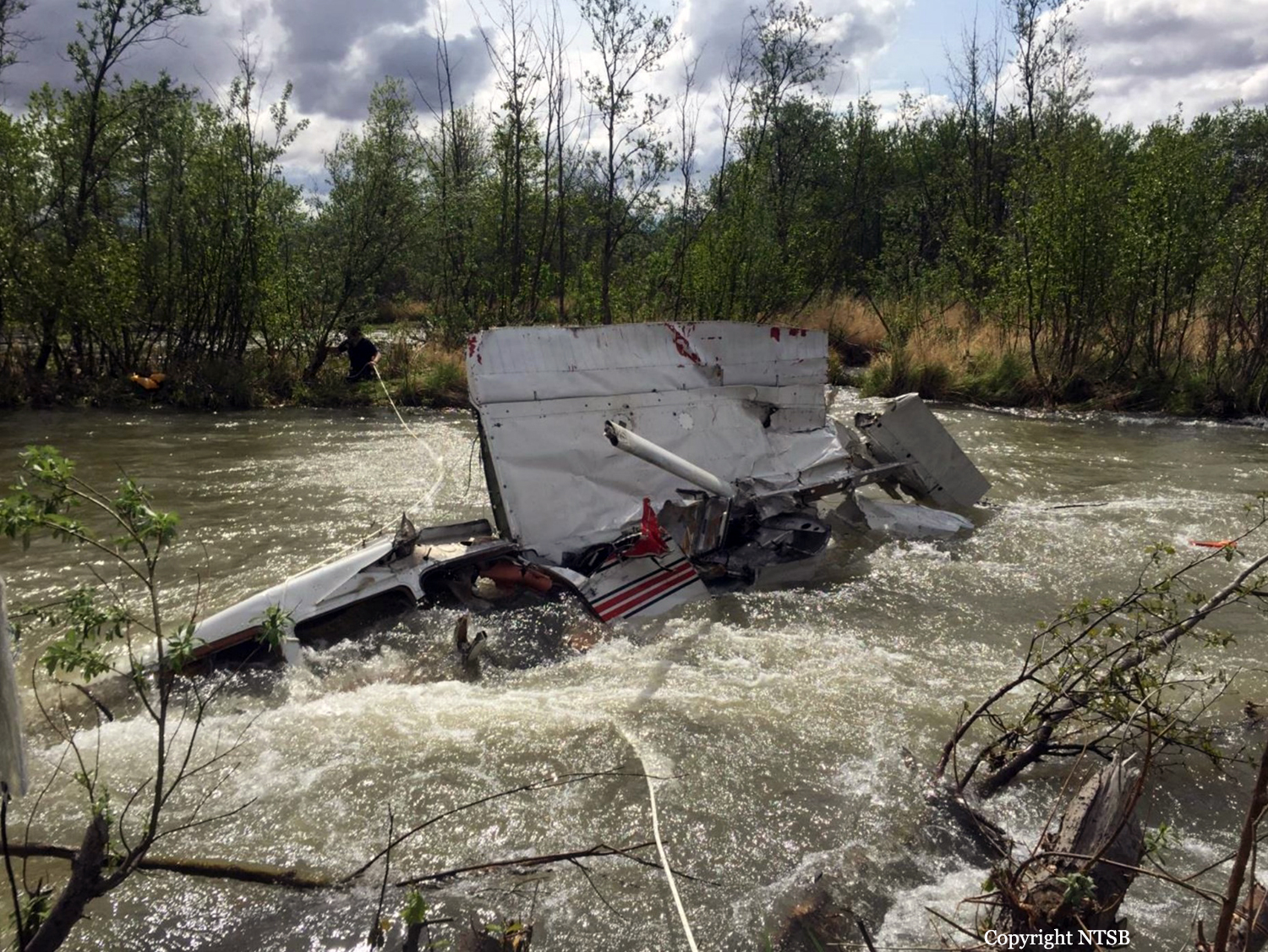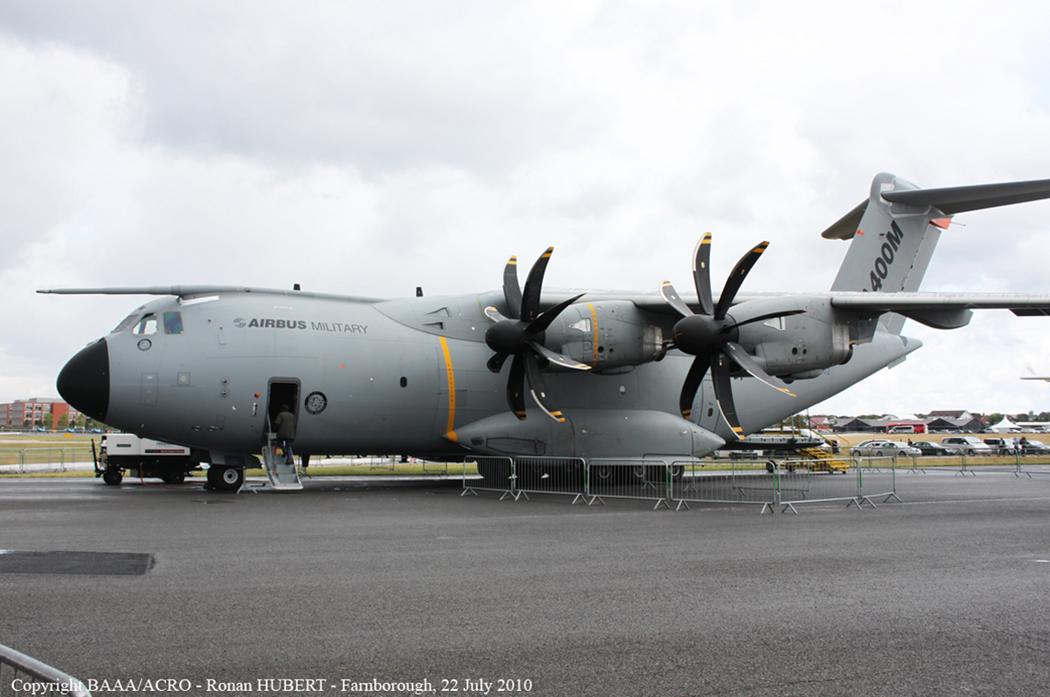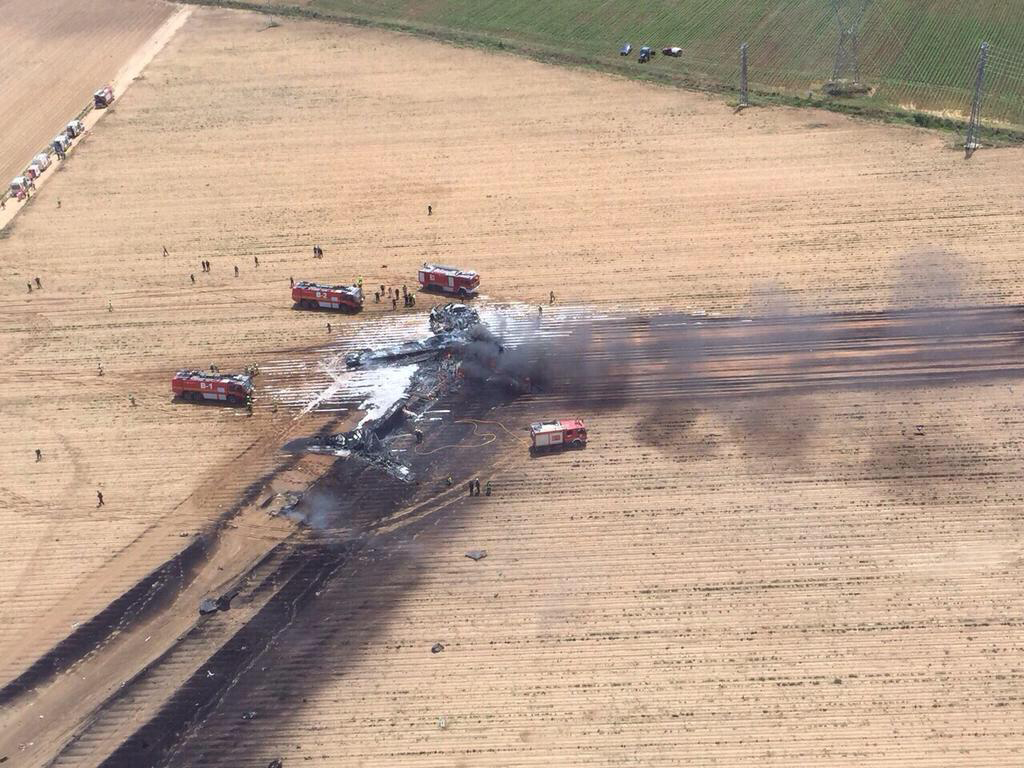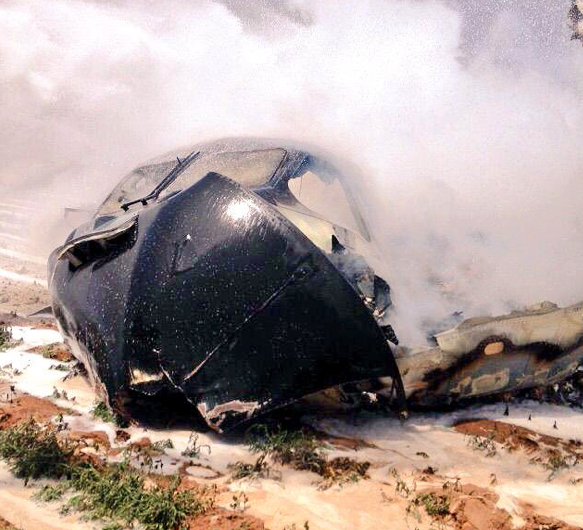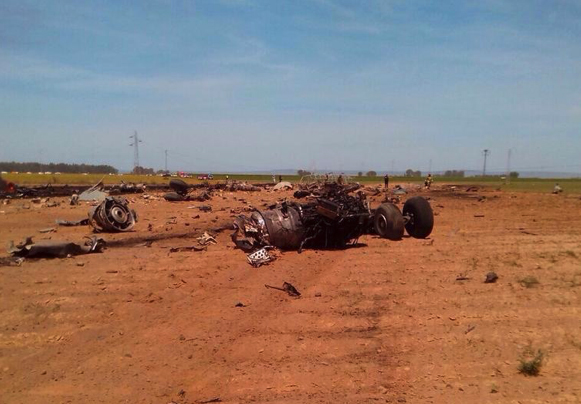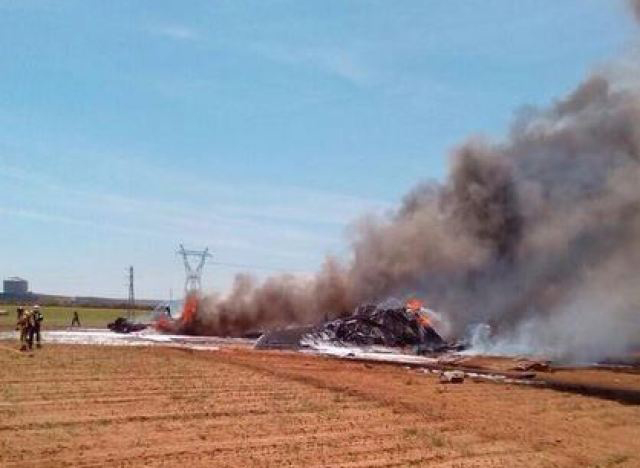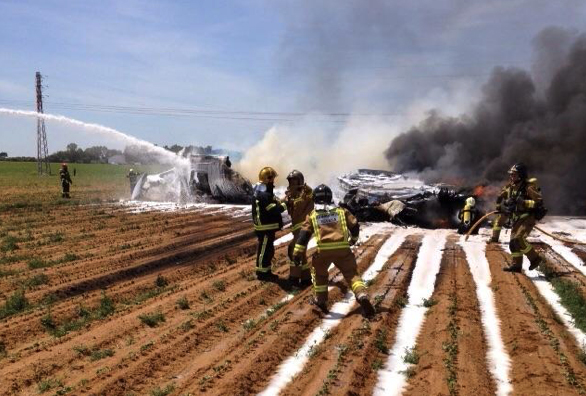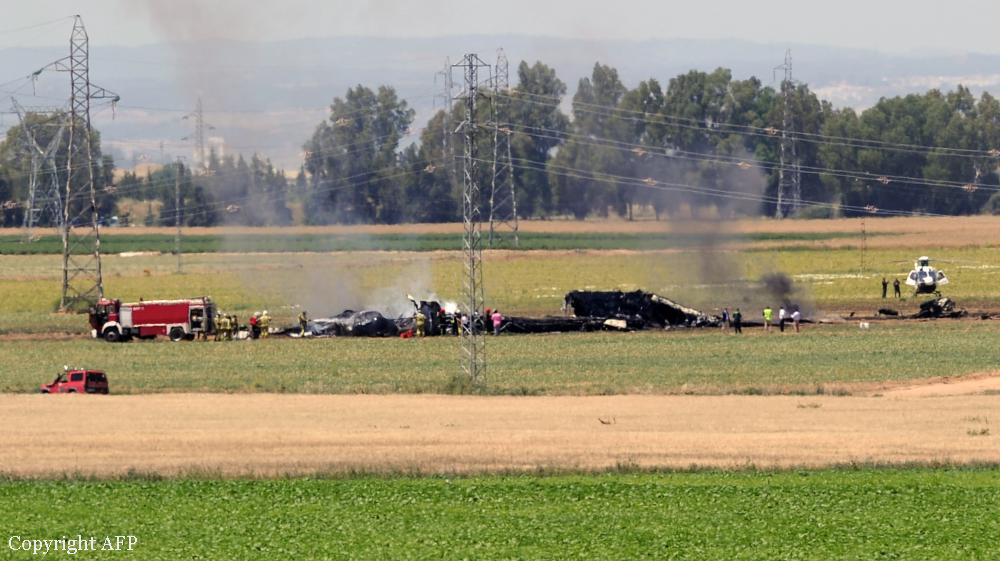Crash of a Piper PA-61 Aerostar (Ted Smith 601) in Baton Rouge
Date & Time:
Jul 20, 2018 at 1430 LT
Registration:
N327BK
Survivors:
Yes
Schedule:
Baton Rouge - Baton Rouge
MSN:
61-0145-076
YOM:
1973
Crew on board:
1
Crew fatalities:
Pax on board:
1
Pax fatalities:
Other fatalities:
Total fatalities:
0
Captain / Total hours on type:
600.00
Aircraft flight hours:
1912
Circumstances:
The mechanic who maintained the airplane reported that, on the morning of the accident, the right engine would not start due to water contamination in the fuel system. The commercial pilot and mechanic purged the fuel tanks, flushed the fuel system, and cleaned the left engine fuel injector nozzles. After the maintenance work, they completed engine ground runs for each engine with no anomalies noted. Subsequently, the pilot ordered new fuel from the local fixed-based operator to complete a maintenance test flight. The pilot stated that he completed a preflight inspection, followed by engine run-ups for each engine with no anomalies noted and then departed with one passenger onboard. Immediately after takeoff, the right engine stopped producing full power, and the airplane would not maintain altitude. No remaining runway was left to land, so the pilot conducted a forced landing to a field about 1 mile from the runway; the airplane landed hard and came to rest upright. Postaccident examination revealed no water contamination in the engines. Examination of the airplane revealed numerous instances of improper and inadequate maintenance of the engines and fuel system. The fuel system contained corrosion debris, and minimal fuel was found in the lines to the fuel servo. Although maintenance was conducted on the airplane on the morning of the accident, the right engine fuel injectors nozzles were not removed during the maintenance procedures; therefore, it is likely that the fuel flow volume was not measured. It is likely that the corrosion debris in the fuel system resulted when the water was recently purged from the fuel system. The contaminants were likely knocked loose during the subsequent engine runs and attempted takeoff, which subsequently blocked the fuel lines and starved the right engine of available fuel.
Probable cause:
The loss of right engine power due to fuel starvation, which resulted from corrosion debris in the fuel lines. Contributing to the accident was the mechanic's and pilot's inadequate maintenance of the airplane before the flight.
Final Report:
